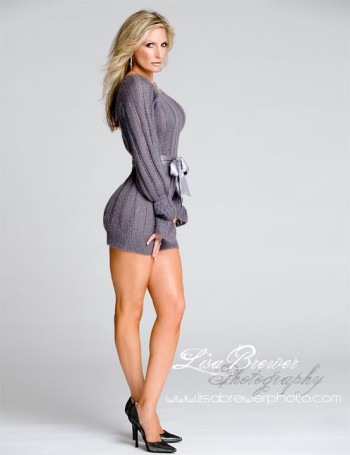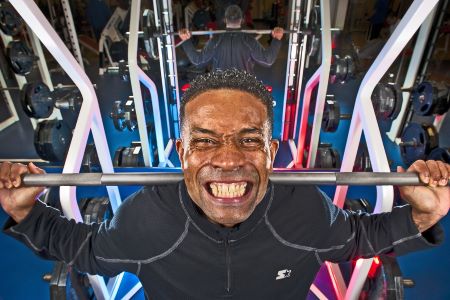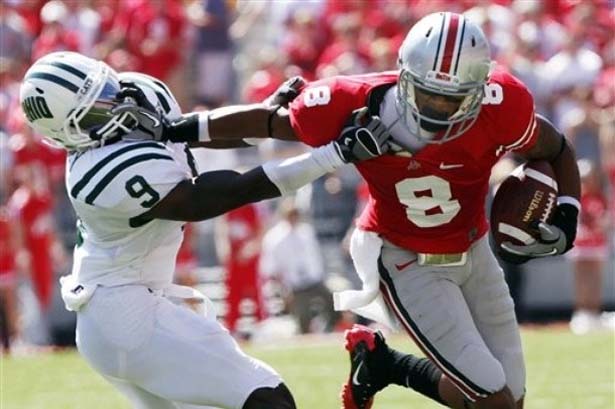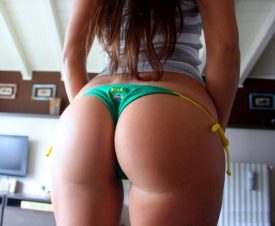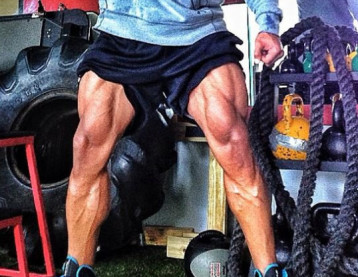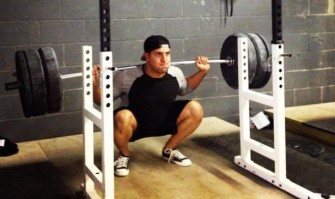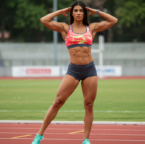Have you ever seen someone walking around the gym with a massive upper body and non-existent legs? Unfortunately, it seems lately that’s all I have been seeing when going to train.
Too often gyms are filled with people who have these little chicken legs that can barely hold up their massive upper bodies. What’s their reasoning? It appears that everyone either “forgets,” “doesn’t have the time,” or plain and simply believes that “I don’t need to train legs.” There are countless benefits that come along with training your legs.
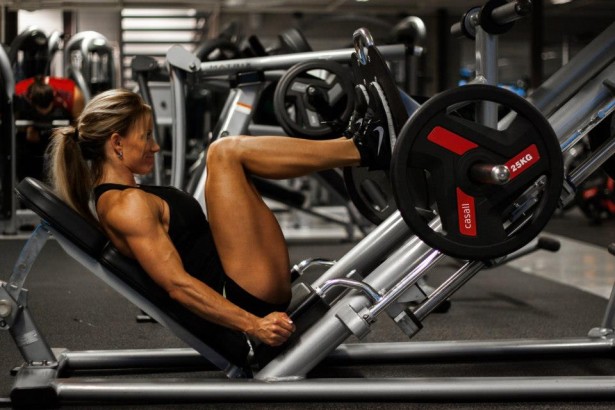
Let’s start with some of the basics. I believe I can speak for most people when I say that one of the reasons we all go to the gym, along with trying to live a healthier life, is to achieve an overall balanced and proportionate physique.
Something we can be proud of. With your legs containing some of the biggest muscles in the body, they need attention in the gym. It’s impossible to look proportionate when you neglect half of your body in the gym.
Related: 13 Best Exercises for Athletic Legs
How about when it comes to breaking past plateaus with your training? We all get to that point in our training when no matter what we try or how hard we train we simply cannot promote any more muscle growth. Our muscles refuse to change and, for some, we lose motivation.
Very often these plateaus can be surpassed and muscle mass increased by simply targeting your legs more often and with more intensity. With your quadriceps and hamstring muscles making up some of the biggest muscle groups in your body, hitting them more often will help you breach these plateaus in no time.
Not only does leg training increase your core strength and overall balance, but big movement such as squats and deadlifts will also help increase the natural testosterone and growth hormone levels in your body.
This ultimately means more and bigger gains in your upper body as well. Not only do these movements increase your test and GH levels but, being compound exercises, they will hit your upper body as well for a full-body workout.
The strength you get from these lifts will transfer to your upper body exercises which will ultimately lead to more muscle gains. Bigger legs means a bigger upper body! Also, being the largest muscle groups in the body, your leg muscles require a ton of energy. What does that lead to? A revved-up metabolism, way more calories being burned, and an overall better and leaner physique.
So, training your legs improves your aesthetic look creating a more balanced and proportionate physique, it boosts your testosterone and growth hormone levels, allows you to gain a bigger upper body, and incinerates calories.. There’s no reason as to why leg training shouldn’t be a major focus of your regular routine regimen!
Muscles In The Legs
The leg muscles are a complex network, and they can be broadly divided into four main categories: quadriceps, hamstrings, calves, and the muscles of the inner thigh.
1. Quadriceps: Located in the front of your thighs, the quadriceps are a group of four muscles. They include the rectus femoris, vastus lateralis, vastus medialis, and vastus intermedius. These muscles work together to extend the knee, crucial for actions like running, jumping, and squatting.
2. Hamstrings: These are situated at the back of the thigh and include the biceps femoris, semitendinosus, and semimembranosus. Hamstrings are involved in knee flexion and hip extension, making them vital for activities like running and jumping as well.
3. Calves: The calf muscles include the gastrocnemius and the soleus. The gastrocnemius has two heads and is the more visible muscle, responsible for the curve of the calf. The soleus is a flatter muscle that lies underneath the gastrocnemius. Both muscles work together for plantarflexion of the foot, allowing you to push off the ground.
4. Inner Thigh: The muscles here are called the adductors, which include the adductor magnus, adductor longus, and adductor brevis. These muscles are involved in bringing your legs together and play a stabilizing role during movements like walking or running.
Each of these muscle groups plays a different but vital role in movement and stabilization. Proper training should involve a variety of exercises to engage all these muscles for balanced leg development.
Key Points To Remember When Leg Training
1. Prioritize Progressive Overload: The key to muscle growth is progressive overload, meaning you should gradually increase the resistance your muscles work against. You can achieve this by adding weight to your lifts, doing more reps, or tweaking your exercise technique for increased difficulty. Track your progress so you know exactly how to adjust your workouts over time.
2. Stick to Compound Movements: Exercises like squats, deadlifts, and lunges are your best friends when it comes to building leg muscles. These compound movements engage multiple muscle groups at once, providing a more efficient workout. They also allow you to lift heavier weights, which is excellent for muscle growth.
3. Use Varied Rep Ranges: Diversify your rep ranges to cover all bases. Work in the 4-6 rep range with heavier weights to build muscle strength. On another day, opt for a 10-12 rep range with lighter weights to focus on muscle endurance and hypertrophy. This way, you’re stimulating different types of muscle fibers, which can lead to better growth.
4. Maintain a Full Range of Motion: Don’t cut your movements short. Go as deep as you can in your squats and as high as you can in your calf raises. A full range of motion engages more muscle fibers, increasing the effectiveness of each exercise.
5. Don’t Skip Isolation Exercises: After your compound movements, add some isolation exercises like leg curls and calf raises. These exercises will allow you to focus on one specific muscle or muscle group, which can help address any imbalances or weak points.
6. Nutrition Matters: If you’re training hard, make sure you’re eating enough to support muscle growth. That means having a protein-rich meal or shake after your workout to kickstart the muscle repair process. A balanced diet that includes sufficient protein and caloric intake is essential for anyone looking to add muscle mass.
7. Rest and Recovery Are Crucial: Don’t underestimate the power of a good night’s sleep and rest days. Your muscles grow when they’re recovering, not when you’re in the gym. Make sure to rest each muscle group for at least 48 hours before training them again. Additionally, consider stretching and using a foam roller post-workout to aid in muscle recovery and reduce soreness.
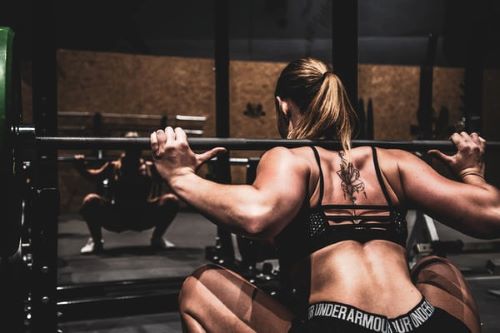
Leg Training Workout
Here’s a sample of a great way to target the legs and get the blood pumping with some high volume training:
1. Leg Extensions: 3 sets of 20 (warm-up weight)
1. Barbell Squats: 4 sets of 10/12/15 (drop sets)
2. Leg Press: 4 sets of 10/12/15
1. Lying Hamstring Curls: 3 sets of 12
2. Straight Leg Deadlift: 3 sets of 12
1. Walking Lunges: 2 sets of 12-15
1. Seated Calf Raise: 3 sets of 30
1. Standing Calf Raise: 3 sets of 30
By: Matt Ferro – WBFF Pro
Facebook Page: https://www.facebook.com/FerroFitness
Website: https://ferrofitness.com/

